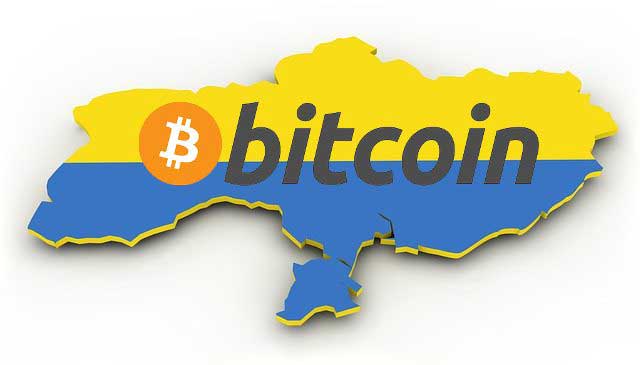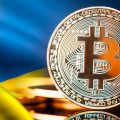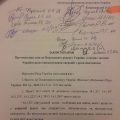
Ukraine has passed another milestone in the regulation of cryptocurrencies. This week proposed for the countrythe bill passed the first parliamentary hearings.It was adopted by the Verkhovna Rada with an overwhelming 240 votes out of 340 possible. The second hearing will be final, after which the document can receive the status of law.
Ukraine is making significant efforts to support its growing crypto industry.Soon the country will be able tojoin a short list of jurisdictions that have already introduced rules for cryptocurrencies.Unsurprisingly, Ukraine has been named by Chainalysis as one of the leading countries for the introduction of cryptocurrency.
The provisions of the document clarify the basic operating principles of the nascent industry, as well as describeoversight of the Ministry of Digital Transformation.
First, the bill aims to recognize crypto assets as "a set of electronic data that canbe an independent object of civil transactions, and property or non-property rights may be reliant."Thus, if the law is adopted, virtual assets will not beto be considered as a legal payment facility in Ukraine.
In addition to the definitions of various virtual assets, the bill additionally allocates digital assets secured by other goods or services.According to the document, this class of crypto assets should be withdrawn from circulation after the existence of the underlying asset.
As for ownership, it is believed that the virtual assets belong to the party that ownsprivate keys, except for illegal sources or court forfeitures.Suppliers of virtual assets must register and comply with Ukraine's KYC/AML and data protection regulations.
Ukraine's Ministry of Digital Transformation is optimistic that a clear regulatory framework will beto stimulate growth both locally and internationally.

Rate this publication




